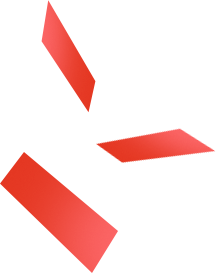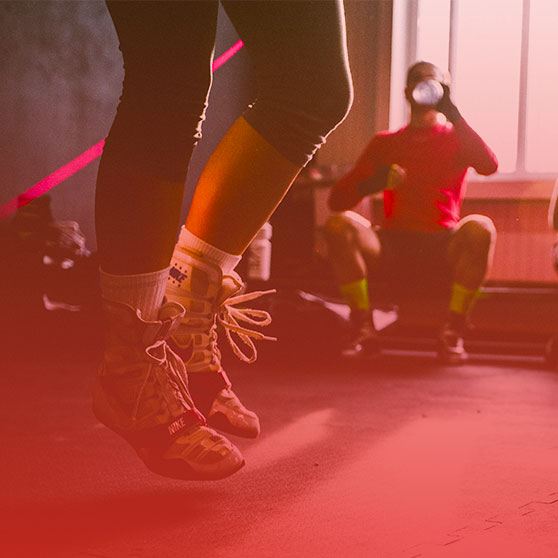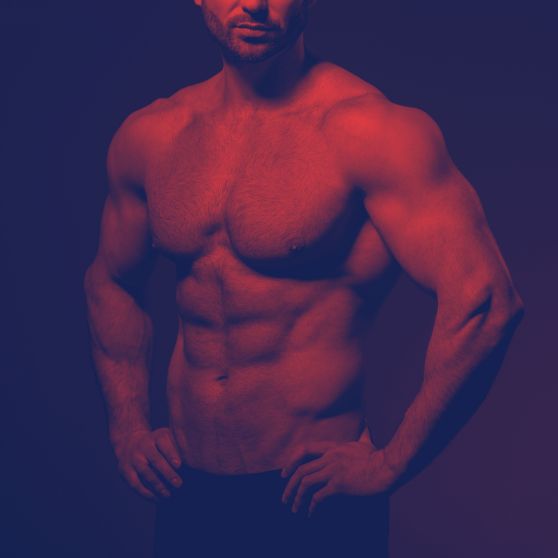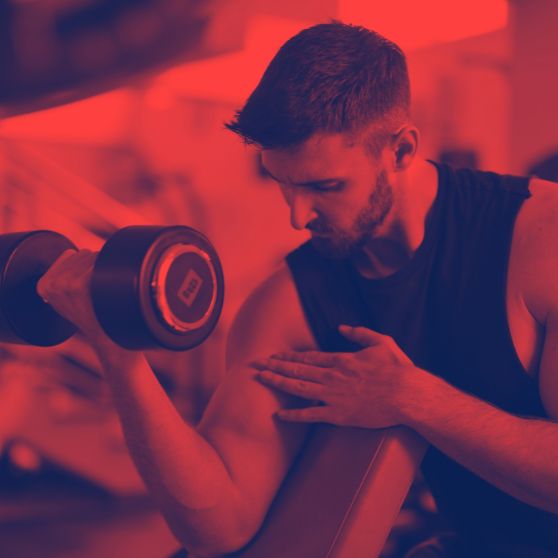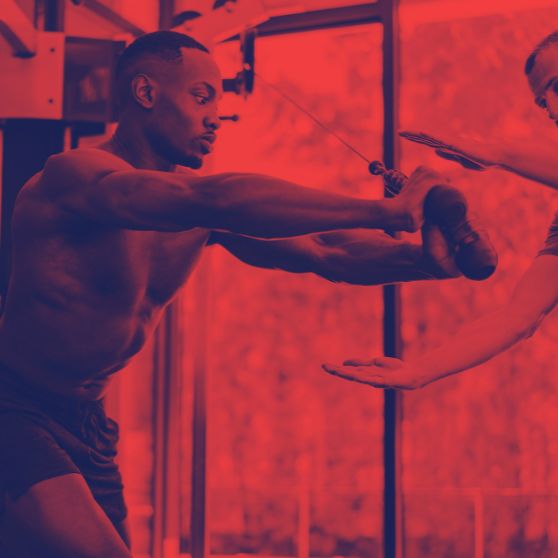Corrective Exercise Program
Nothing is more upsetting than working hard in the gym and ending up with muscle imbalances. Imagine putting all the effort and hard work and having a muscle imbalance as your reward— it's terrible, but it's inevitable.
What Is Muscle Imbalance?
Muscle imbalances happen when one group of muscles is stronger or larger than the opposite muscle group. Suppose one muscle is weaker and the other is hyperactive. In that case, it pushes your body into improper postures, such as hunched shoulders or a lower back that is overly arched, limiting the joint range of motion and making particular muscles stiff.
Muscle imbalances are most common in parts of the body that are intended to be flexible, such as the hips, shoulders, and thoracic spine, although they may occur practically everywhere.
Moreover, these inconsistencies in muscle function can hinder your gym activities and result in severe injury.
Now that you understand muscle imbalances, here are proven easy ways to correct muscle imbalance.
Optimize Fitness with Corrective Exercise Programs
In a world where the pursuit of physical fitness often centers around aesthetics, the importance of corrective exercise programs cannot be overstated. These programs serve as the cornerstone of a holistic approach to fitness, focusing not just on superficial gains but on the foundational elements that ensure your body functions optimally, both in the gym and in everyday life.
The Science Behind Muscle Imbalances
Before delving into the myriad benefits of corrective exercise, it's essential to understand the science behind muscle imbalances. These imbalances occur when one group of muscles becomes disproportionately stronger or larger than its opposing counterpart. The consequences extend far beyond mere aesthetics.
Who Stands to Gain from Corrective Exercise?
Corrective exercise programs are not reserved for a select few; they offer profound benefits to a wide range of individuals, regardless of age, fitness level, or specific goals.
Transformative Benefits of Corrective Exercise Programs
Corrective exercise programs offer many benefits that extend far beyond the superficial. These programs have the potential to transform not only your physique but also your overall health and well-being.
The Role of the Corrective Exercise Specialist
Corrective exercise is a precise science that requires expertise and guidance. This is where a corrective exercise specialist comes into play, acting as your trusted partner on your journey to physical well-being.
Correct Your Muscle Imbalances With Next Level Fitness
Muscle imbalances are an awful aspect of the training process. Although everyone has a slight imbalance across their strong and weak sides, it's very typical for muscle imbalances to develop due to various activities.
If you have muscular imbalances, you can correct them with focused training. More importantly, consider working with a personal trainer from Next Level Fitness. We can help you in identifying and correcting any imbalances you may have.

